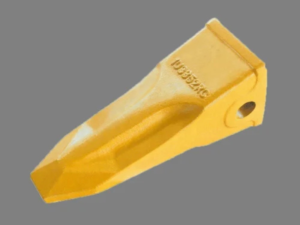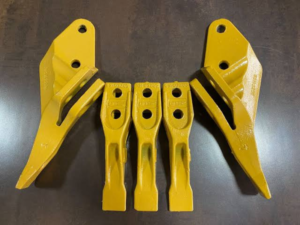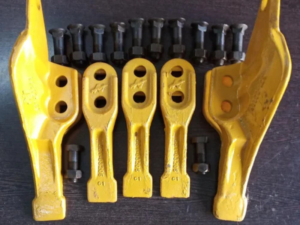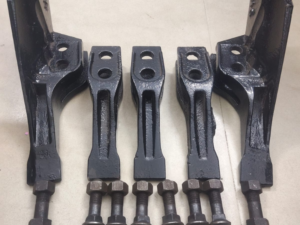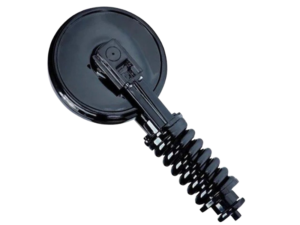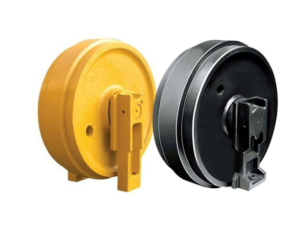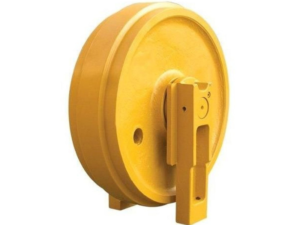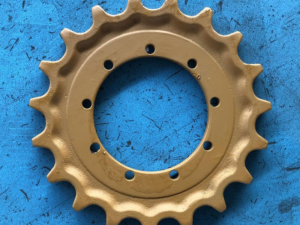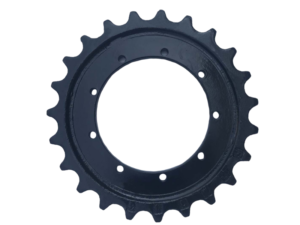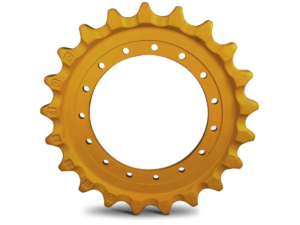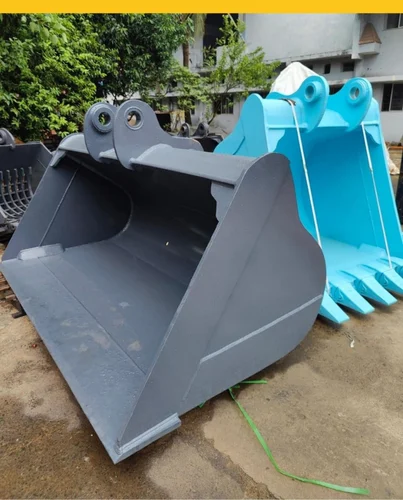
Working on soft terrain presents unique challenges for excavator operators. The ground’s unstable nature can cause equipment to sink, reduce efficiency, and even lead to safety hazards. One of the most crucial attachments for such jobs is the soil bucket. Designed for handling loose and soft materials, a soil bucket is your best ally for maintaining productivity in challenging conditions. But to maximize its effectiveness, certain best practices must be followed.
Here’s a guide to using soil buckets efficiently on soft terrain while protecting your equipment and ensuring a smooth operation.
A soil bucket differs from general-purpose buckets in several ways. It typically has a wider, deeper profile and a cutting edge designed to move large volumes of loose or soft materials like clay, silt, and sand.
Before starting, make sure you’re using a soil bucket that’s appropriately sized for your machine. Oversized buckets on soft terrain increase the risk of the excavator bogging down, while undersized buckets may reduce productivity.
Tip: Check the bucket’s weight and capacity relative to your machine’s operating limits to avoid overloading.
Soft terrain can vary widely – from wet clay to loose sand. Take time to assess the ground’s load-bearing capacity:
If the ground is waterlogged, consider waiting for it to dry or taking steps to improve stability.
Identify areas of extreme softness where machinery might sink.
Plan your approach to avoid unnecessary travel over unstable sections.
Using mats, timber supports, or temporary roadways can help distribute your machine’s weight and reduce soil compaction or rutting.
Operating on soft ground requires precision. Poor technique can easily cause a machine to lose traction or tip. Keep these tips in mind:
Shallow Digging: Avoid deep, aggressive digging that may destabilize the excavator. Use the soil bucket in shorter, controlled cycles.
Gradual Loading: Instead of filling the bucket to maximum capacity in one pass, load gradually to maintain balance.
Smooth Movements: Sudden swings or jerky movements can cause the excavator to shift, increasing the risk of sinking.
Work from Firm to Soft: Start from firmer ground and work your way toward softer areas to minimize disturbance.
On very soft or marshy terrain, even the best soil bucket won’t prevent sinking if the machine lacks support. Consider using:
Swamp pads or mats under the excavator tracks
Reinforced access paths
Compacting the surface slightly before heavy excavation
This added support ensures your excavator remains stable while maximizing the soil bucket’s efficiency.
Soft terrain often contains abrasive materials or hidden debris. Regular maintenance of your soil bucket is essential to avoid downtime:
Inspect for Wear: Check cutting edges, side plates, and welds for damage.
Clean After Use: Sticky soils like clay can harden on the bucket if not cleaned promptly.
Lubricate Pins and Bushings: Reduce wear from the constant pivoting and load shifts.
While a soil bucket is ideal for soft terrain, there may be situations where other attachments work better. For example:
For extremely soft, saturated soils, a swamp bucket (with drainage holes) might be more suitable.
For sticky clay, a bucket with a clay ejector system can help prevent material from sticking.
Assess your needs carefully and switch attachments as necessary for optimal performance.
Finally, always keep operator safety at the forefront:
Work at reduced speeds on soft terrain to maintain control.
Keep the bucket low when moving to lower the center of gravity.
Avoid overreaching with the boom, which could destabilize the machine.
Proper training and awareness of soil conditions will greatly reduce the risk of accidents.
A soil bucket is a powerful tool for working in soft terrain, but its success depends on thoughtful planning and careful operation. By understanding your equipment, adapting your techniques to the terrain, and maintaining your bucket regularly, you can achieve excellent results even in challenging conditions.
Whether you’re excavating in loose sand, wet clay, or other soft materials, following these best practices will help you get the most out of your soil bucket while protecting both your machine and your crew.
